Community rooms inside police stations have emerged as invaluable assets for the police, citizens, and the entire community's well-being.
With the changes in the law enforcement landscape over the past several years, community engagement is necessary for effective policing within a community. Trust, communication, and collaboration have become, and in most cases always have been, the cornerstones of effective law enforcement.
Community rooms provide a dedicated space for police officers and community members to interact, share concerns, and collaborate on solutions. These interactions foster trust, transparency, and positive relationships between law enforcement and the public.
Furthermore, community rooms are crucial in promoting proactive approaches to crime prevention and emergency preparedness. By providing awareness campaigns, organizing neighborhood watch programs, distributing safety resources, conducting mediation sessions, and facilitating emergency response planning sessions, these spaces empower residents to play a larger role in working with law enforcement to safeguard their communities.
Why do Police Stations need a Community Room?
- A space for open dialogue and engagement between police officers and community members. Although it would be co-located within a police station, it should feel separate enough to be a place where residents feel comfortable collaborating with law enforcement, voicing their concerns and sharing insights.
- A space for facilitating collaborative solutions to community problems by providing an ideal setting for the community and police to brainstorm crime reduction strategies together.
- An educational center that offers programs and workshops to provide community members with skills and resources about their safety and well-being. Examples include self-defense classes, legal rights clinics, crime prevention workshops, child safety seminars, and youth outreach programs.
- Help bring unity and inclusiveness to communities by hosting cultural festivals, heritage celebrations, or outreach events for marginalized groups. Providing a space for this purpose within the police station can build community trust and promote a sense of belonging for all residents.
- A space for all. The services a community room provides do not need to be hosted by the police or directly involve them. Spaces for neighborhood meetings are often in short supply in a community. A police station providing a safe and welcoming space where citizens can meet shows that the police care about the community's well-being.
- A large and well-equipped meeting space within a police station can provide the police with valuable space to further their law enforcement training, host professional enhancement seminars, and serve as a multi-purpose room for events within the police station.
What Should the Community Room Look Like?
Ultimately, the goal is to create a safe and welcoming environment where the community can engage in meaningful discussions and activities among themselves and with law enforcement without feeling constrained by limited space. Therefore, it's essential to carefully consider the size, layout, technology, and other architectural design features of the community meeting room to accommodate the room's mission effectively.
Size
The ideal size of a community meeting room can vary greatly. However, a general guideline is to allow approximately 18 to 25 square feet per person, depending on the furniture layout and planned events and activities.
If the space is to be used as a classroom or training room with rows of tables and chairs, then 18 to 20 square feet per person will suffice. This allows space for participants and presenters. For example, if training room space for 40 people is needed, the room size should be about 720 to 800 square feet.
A conference room arrangement with a large table with individuals sitting around it requires about 20 to 25 square feet per person. Assuming 25 square feet per person, that same 800 square foot room above would accommodate about 32 people sitting around the table area.
If that 800 square foot room is set up with just rows of chairs (no tables) facing a presenter, then up to 100 people may be accommodated since only 8 to 10 square feet per person would be required.
Flexibility
Design the room to be flexible and adaptable to accommodate different events and activities. This may include movable furniture, modular partitions, and versatile layout options that can be rearranged for various purposes.
Consider the types of modular furniture that can be used individually as training room tables but combined together in a U-shape or rectangle to create conference tables. Make sure to provide tables and a dais for presenters.
Include a storage room that is large enough to hold the furniture and chairs used in the room. Using furniture designed to fold and stack away is a good idea.
Natural Light
As I mentioned in an earlier blog about police station public lobbies, the room should be located near the station's front entrance and directly off the lobby. Locating the community room near the building entrance will likely place it on an exterior wall, possibly a corner. Take full advantage of this by incorporating natural light into the design whenever possible, as it creates a more inviting and uplifting atmosphere while reducing the need for artificial lighting during the day.
Acoustics
While it’s important to incorporate sound-absorbing materials and acoustic treatments to minimize noise transmission within the community room, it is also very important to acoustically separate the room from adjacent areas of the police station.
This is vital so the sounds of the community room do not permeate through the walls to disturb areas occupied by police officers. Maintaining privacy during confidential discussions emanating from either side of the wall is also important.
Construction and Finishes
Finishes need to be durable but also warm and inviting. While durable floor finishes like vinyl or ceramic tiles may be inviting from a maintenance viewpoint, they lack the sound-absorbing qualities of carpet. Voices and other sounds will likely echo and reverberate in a room with a hard floor. Dark and low-pile carpet options are available that can help hide dirt and hold up to frequent cleanings.
For the walls, painted concrete block would be the most durable, but it can make the space look cold and uninviting. On the other hand, drywall will give the room a finished and polished look. Scrubbable paint is a must and consider including a chair rail. If the budget allows, wainscoting will add an even nicer touch.
Any wall in the community room shared by a restricted area of the police station needs to extend to the structure above to prevent someone from climbing over it and into restricted areas from the community room. The high wall is also vital for sound privacy between the spaces.
The doors should not be lockable from the inside to prevent a person from barricading themselves inside and locking law enforcement out. In addition, lighting controls should be restricted to police personnel or approved room users to prevent an individual from causing alarm or disruption by turning off the lights during a meeting.
 Conceptual Layout of a Community Room in a Police Station
Conceptual Layout of a Community Room in a Police Station
Amenities
Several amenities should be included to provide comfort and flexibility to community room users.
Restrooms are essential and could be part of the overall police station lobby. Ensure they have enough plumbing fixtures to accommodate the number of people assembling in the community room. The restroom doors also should not be lockable by the public, just like the community room doors and for the same reason.
Refreshments encourage attendance and foster a sense of hospitality, so include a small kitchenette or refreshment area with a sink, countertop, and cupboards at a minimum. Consider including a refrigerator, microwave, and space for preparing and serving refreshments during meetings and events.
Provide a vending area and a coat rack near the entrance to the room.
Technology Integration
Equip the room with modern technology and audiovisual equipment to support presentations, meetings, and multimedia events. This may include projectors, screens, sound systems, Wi-Fi connectivity, and video conferencing capabilities.
Provide infrastructure to locate microphones and speakers strategically throughout the space, considering ceiling-mounted audio equipment.
It is vital to provide a hardware or software firewall between the community room Wi-Fi and the police station’s official Wi-Fi.
Provide an adequate number of electrical outlets for all expected uses. A training room setup may require electrical outlets along the floor. Consider using training room tables that can plug into the floor and into each other and provide power to their own integrated outlets for the users.
Security Devices
Panic buttons/duress alarms should be included in the room in several strategic locations to allow quick activation. These alarms should be connected to the overall police station security system, and the location of any alarm should be displayed on a central screen in the control room or security room and monitored by police personnel.
Whether or not to provide security cameras in the room is a touchy subject, with pros and cons on both sides of the issue.
An advantage of including cameras in the community room, which are monitored by the police station, is enhanced security. Cameras can deter criminal activity and provide evidence in case of incidents. Another advantage is that if a problem should arise in the community room, cameras will help the police react more effectively.
A disadvantage of cameras is the feeling of invasion of privacy. Community rooms are often used for private discussions or sensitive meetings, and cameras could infringe upon the privacy of the individuals involved. Some community members may feel uncomfortable or distrustful knowing they are being recorded in a space used to discuss police-community relations.
To mitigate some of these concerns, openness and transparency regarding the purposes of camera installation and how the footage would be used is vital. Alternatives include disabling the sound recording or using cameras only for meetings that are considered high-risk. This can help balance security needs and respect the privacy of individuals using the community room.
Building a Stronger Community Through Dialogue
The future of policing has increasingly become defined by an approach that emphasizes closeness with and input from the community. This future vision sees law enforcement agencies actively seeking input from community members through forums, advisory boards, and partnerships with local organizations.
Providing a community space co-located with the station is vital in involving the community in decision-making processes. It can show the public that the police are serious about better addressing the unique needs and concerns of the communities they serve. Through face-to-face meetings, this collaborative approach enhances public safety and fosters stronger relationships, ultimately creating safer and more resilient communities.



.jpg)
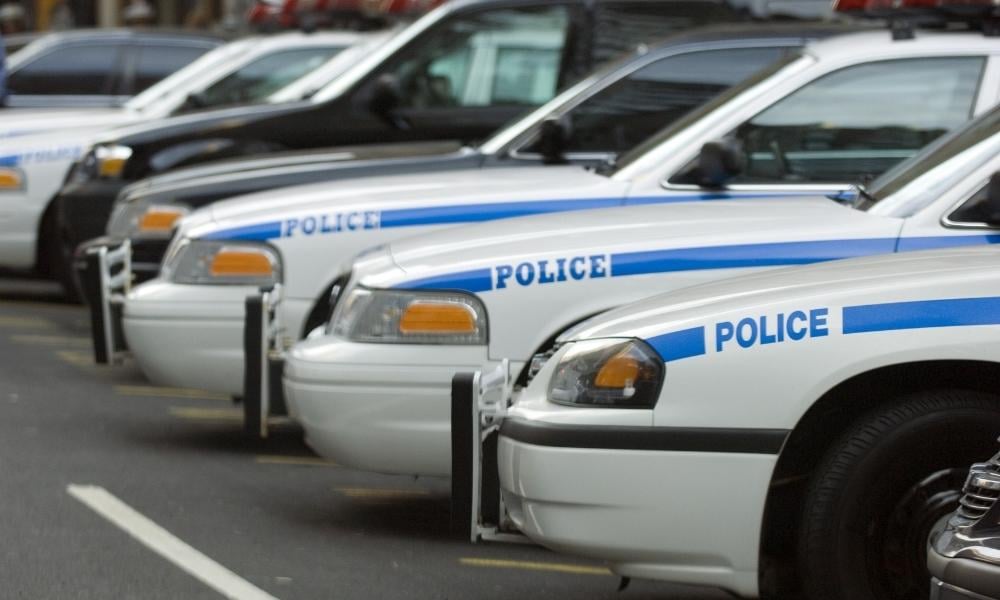
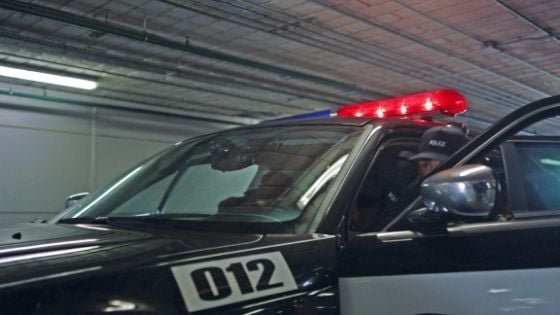
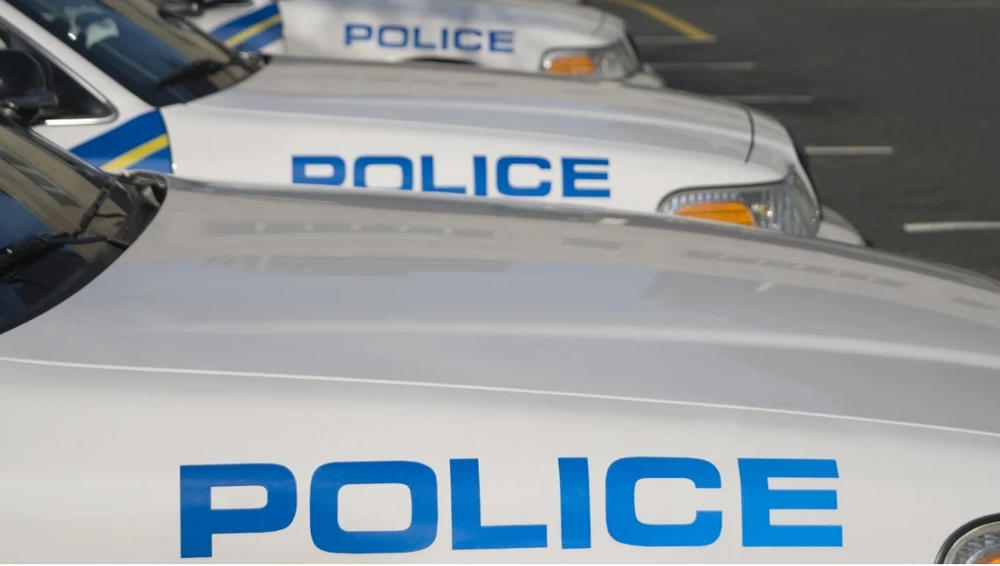
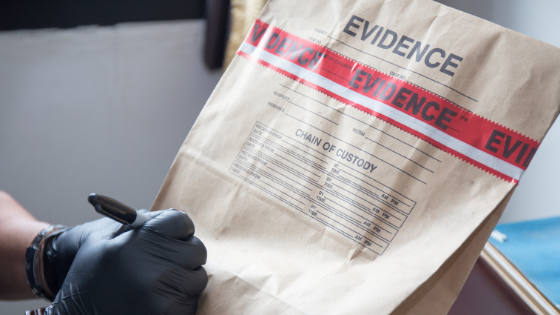
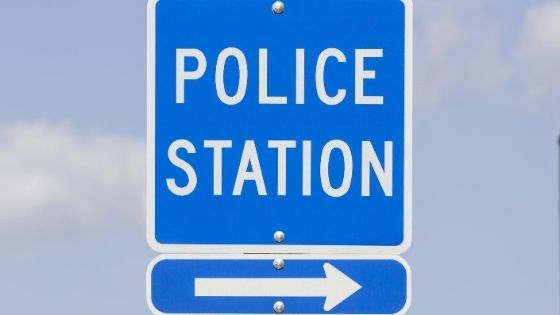
.jpg)
.jpg)
-1.jpg)
.jpg)
.jpg)
.jpg)
.jpg)
.jpg)

